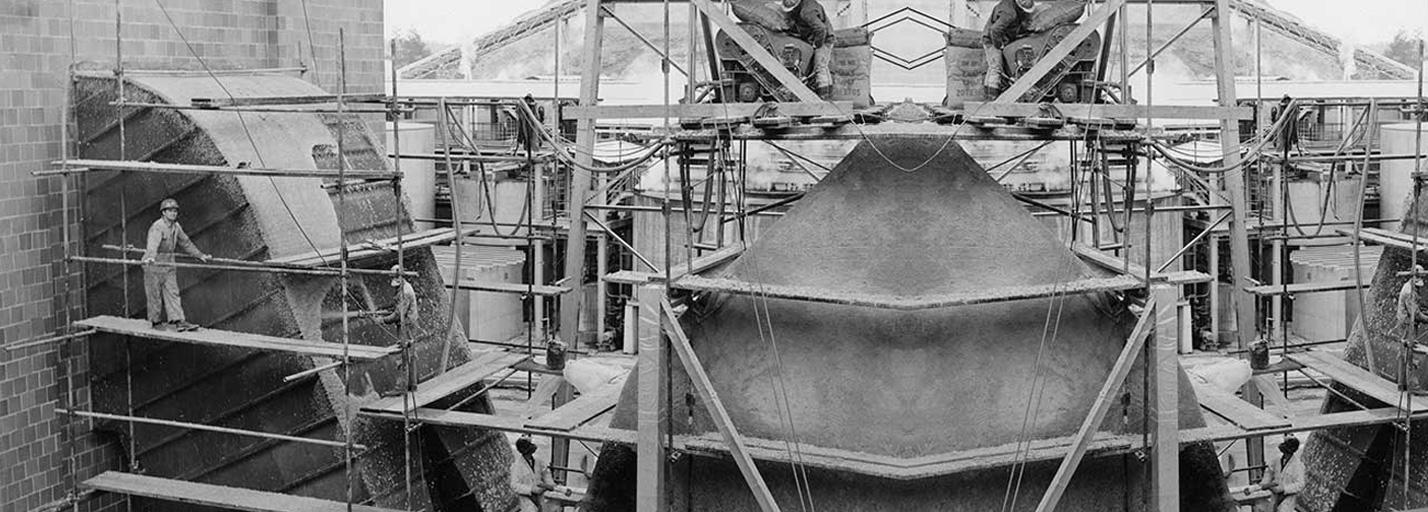Nationally, 20,000 members of today’s International Association of Heat and Frost Insulators and Allied Workers proudly trace the history of their union to the earliest days of the modern industrial era.
- 1900: The first attempt to form a national bond between the existing insulators associations when the Salamander Association of New York City (which took its name from the reptile that, according to legend, had a skin that was impervious to fire) sent out an appeal to related crafts in other cities to form a “National Organization of Pipe and Boiler Coverers.”
- 1902: A much more decisive action to create a bond taken by the officers and members of Pipe Coverers’ Union Local No. 1, of St. Louis, Missouri.
- Local No. 1 sent out an announcement that it had affiliated with the National Building Trades Council of America, and invited other pipe coverer unions and related trades to join with them in the pursuit of better working conditions, pay that was commensurate with their skills, and the strength that comes from unity. The first appeal for unity sent to targeted cities, New York, Chicago, Cleveland and Detroit, where other pipe coverers were already enjoying the benefits of union affiliation.
- 1902, (July 7th): Interested locals, who had responded to the call for the formation of an international union, met for their first convention. Local No. 1 President, J.W. Shearn, called the convention to order. Thomas Kennedy of Chicago was elected the first president of the organization.
- 1904: Local 2 established. At its annual convention, a formal name finally was adopted by the organization- The National Association of Heat, Frost and General Insulators and Asbestos Workers of America.
- 1910: Several Canadian local unions added their strength to their American members, and the organization’s name became The International Association of Heat and Frost Insulators and Asbestos Workers.
- 1937: Fred Rust become Local 2 Business Agent (22 years, member #73)
- Another milestone 2007: At the national convention, the organization’s name became the International Association of Heat and Frost Insulators and Allied Workers.
International Leadership
| General President | Term of Office |
|---|---|
| Carlton Sickles | August 6, 1912-December 25, 1954 |
| Joseph A. Mullaney | December 29, 1954-May 9, 1967 |
| Hugh Mulligan | May 9, 1967-September 5, 1967 |
| Albert E. Hutchinson | September 5, 1967-June 19, 1972 |
| Andrew T. Haas | June 19, 1972-January 11, 1989 |
| William G. Bernard | January 11, 1989-September 1, 2001 |
| James A. Grogan | September 1, 2001-August 2015 |
| James P. McCourt | August 2015 - Present |
